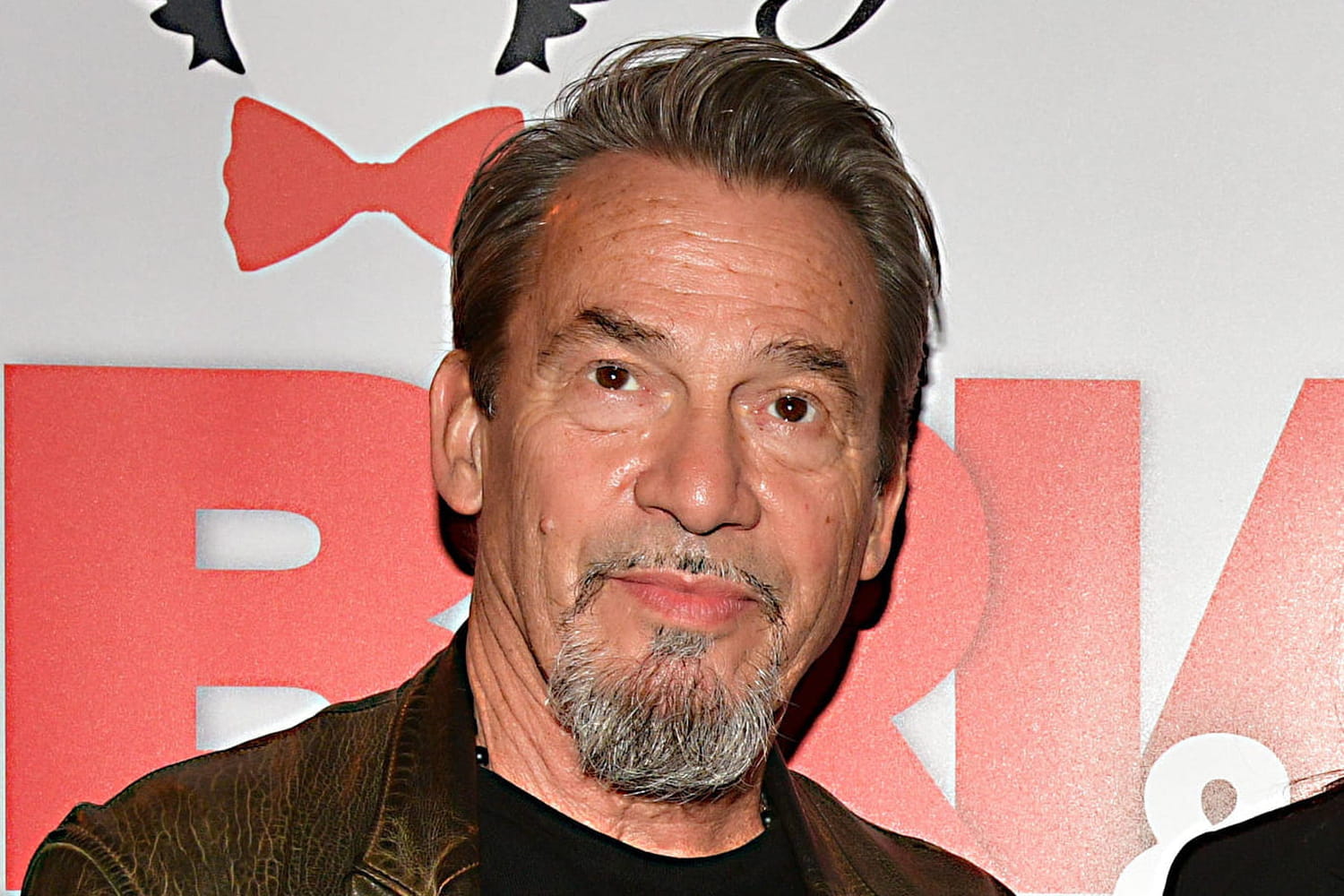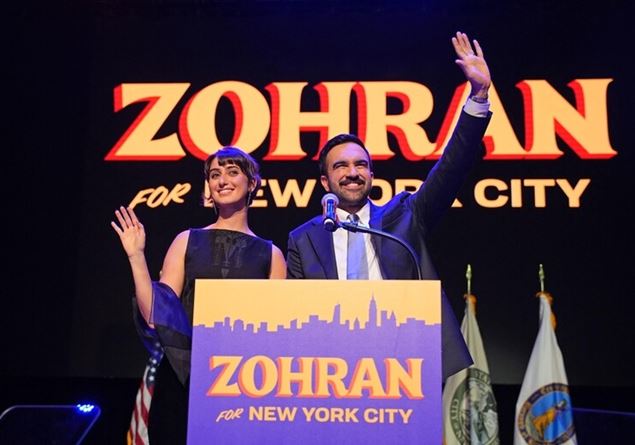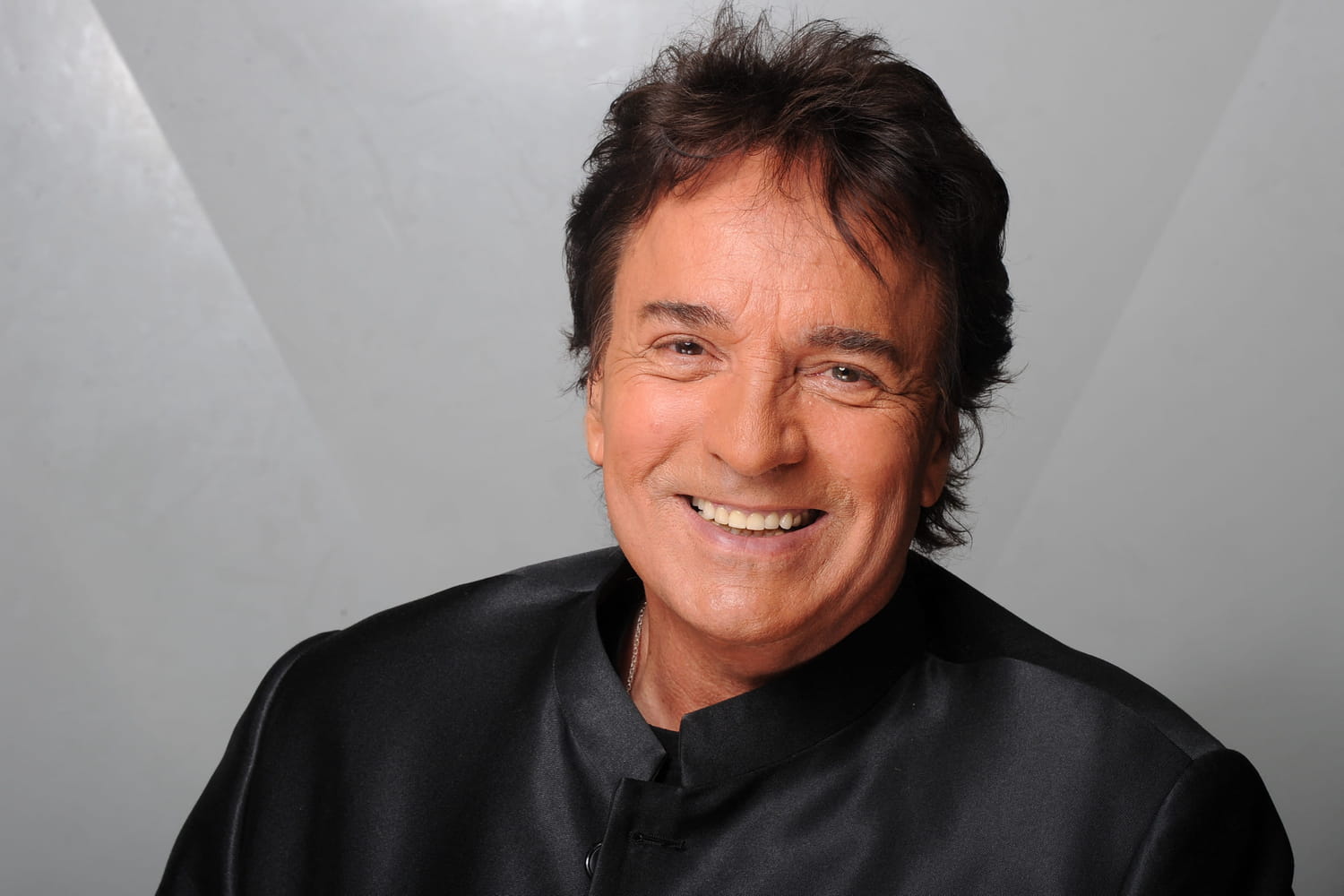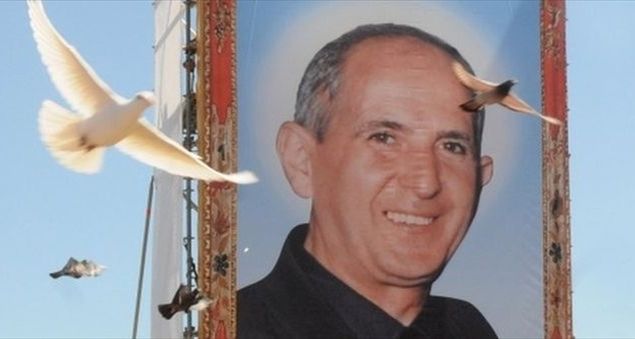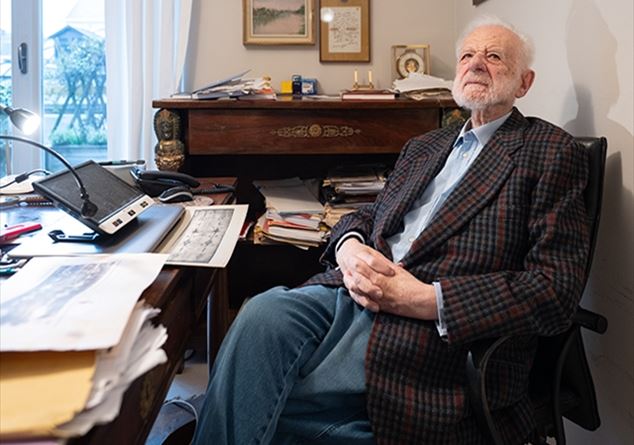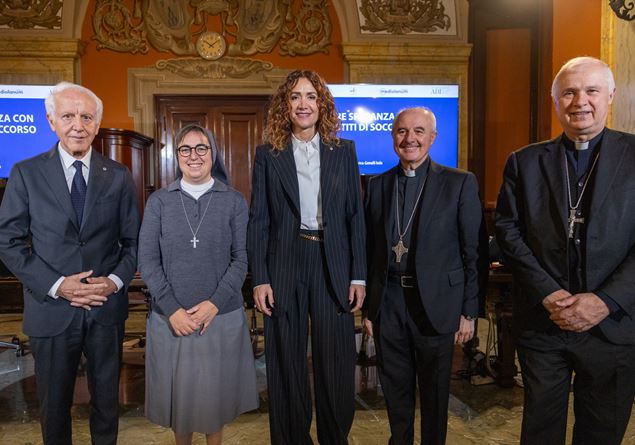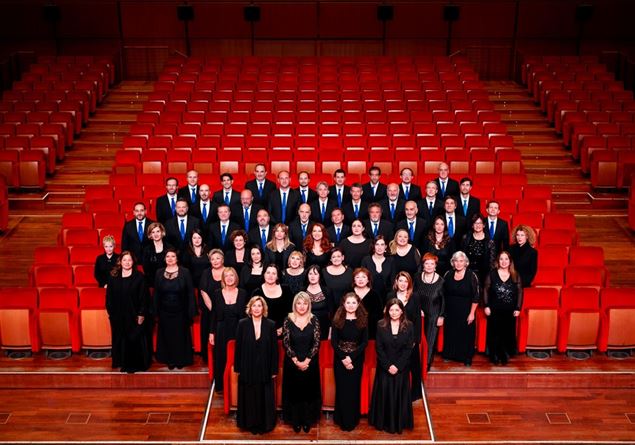He was beatified on 25 May 2013, on the lawn of the Foro Italico in Palermo, in front of a crowd of around one hundred thousand faithful. «Father Pino Puglisi», said Pope Francis, «was an exemplary priest, dedicated especially to youth ministry. By educating children according to the lived Gospel, he saved them from the underworld and so the latter tried to defeat him by killing him. In reality, however, it is he who won with the risen Christ».
Having become a priest of the Palermo church, he was well aware of the terrible situation of the city, torn apart by the action of the mafia gangs into which it is divided as well as by petty crime, and he immediately set about working in the social fabric, particularly in the most underprivileged ones or in which the stain of delinquency is more deeply rooted, bringing good results everywhere. He managed to involve an ever-increasing number of young people in parish groups by taking them off the streets (and therefore from crime) and himself warning them of the real malignant nature of the organizations by which they were manipulated, as well as of the dangers they ran into.
His was an open and declared fight against the mafia who, feeling attacked and threatened by this exemplary priest and his rapidly spreading work, thus commissioned his massacre.
Father Pino Puglisi celebrating mass
Tireless educator of young people
Don Giuseppe Puglisi was born in the Palermo village of Brancaccio on 15 September 1937, the son of a shoemaker and a seamstress, and was killed by the mafia in the same village on 15 September 1993, the day of his 56th birthday. He entered the diocesan seminary of Palermo in 1953 and was ordained a priest by Cardinal Ernesto Ruffini on 2 July 1960. In 1961 he was appointed vicar cooperator at the parish of the Most Holy Savior in the village of Settecannoli, adjacent to Brancaccio, and rector of the church of San Giovanni dei Lebbrosi. In 1963 he was appointed chaplain at the “Roosevelt” institute for orphans and vicar at the Maria SS parish. but Assunta in Valdesi. Since these early years he has particularly followed young people and was interested in the social problems of the most marginalized neighborhoods of the city. He carefully follows the work of the Second Vatican Council and immediately disseminates its documents among the faithful with special attention to the renewal of the liturgy, the role of the laity, the values of ecumenism and local churches. His desire was always to embody the announcement of Jesus Christ in the territory, therefore taking on all the problems to make them their own for the Christian community.
On 1 October 1970 he was appointed parish priest of Godrano, a small town in the province of Palermo – marked by a bloody feud – where he remained until 31 July 1978, managing to reconcile the families with the strength of forgiveness. In recent years he also followed the social battles of another area on the eastern outskirts of the city, the “Scaricatore”.
On 9 August 1978 he was appointed pro-rector of the minor seminary of Palermo and on 24 November of the following year director of the diocesan vocations centre. In 1983 he became head of the regional Vocations Center and member of the National Council. He passionately dedicated many years to the students and young people of the Diocesan Vocations Centre, creating, through a series of “school camps”, an exemplary training path from a pedagogical and Christian point of view. Don Giuseppe Puglisi was a teacher of mathematics and then of religion at various schools. He taught at the Vittorio Emanuele II classical high school in Palermo from ’78 to ’93. In Palermo and Sicily he was among the leaders of numerous movements including: Presence of the Gospel, Catholic Action, Fuci, Equipes Notre Dame. Since March 1990 he has also carried out his priestly ministry at the “Casa Madonna dell’Accoglienza” of the Cardinal Ruffini Pious Society in favor of young women and single mothers in difficulty.
The arrival in the Brancaccio district
On 29 September 1990 he was appointed parish priest of San Gaetano, in Brancaccio, and in 1992 he also took on the role of spiritual director at the archiepiscopal seminary of Palermo. On 29 January 1993 the “Padre Nostro” center was inaugurated in Brancaccio, which became the point of reference for young people and families in the neighbourhood. His attention turned to the recovery of teenagers already recruited by the mafia crime, reaffirming in the neighborhood a culture of legality illuminated by fede. This pastoral activity of his – as reconstructed by judicial investigations – constituted the motive for the murder, whose perpetrators and instigators were arrested and convicted. In memory of his commitment, there are countless schools, community centers, sports facilities, streets and squares named after him in Palermo and throughout Sicily.
Since 1994, September 15, the anniversary of his death, marks the opening of the pastoral year of the diocese of Palermo.
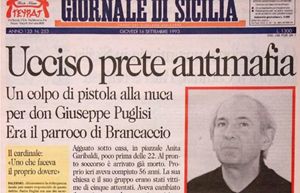
the front page of the Giornale di Sicilia with the news of the assassination of Father Puglisi
The assassination
On 15 September 1993, the day of his 56th birthday, at around 10.45pm he was killed in front of the front door of his house in Piazzale Anita Garibaldi, a side street of Viale dei Picciotti in the eastern area of Palermo. Based on the reconstructions, Don Pino Puglisi was aboard his white Fiat Uno and, having got out of the car, approached the door of his home. Someone called him, he turned around while someone else slipped behind him and fired one or more shots at the back of his head. A real mafia execution. The funeral took place on September 17th.
The condemnation of the killers
On 19 June 1997, the fugitive Salvatore Grigoli was arrested in Palermo, accused of several murders including that of Don Pino Puglisi. Shortly after the arrest Grigoli began to collaborate with the justice system, confessing to 46 murders including that of Don Puglisi. Grigoli, who was with another killer, Gaspare Spatuzza, shot him in the back of the head. After his arrest he seemed to embark on a path of repentance and conversion. He himself recounted Don Pino’s last words before being killed: a smile and then a cryptic “I expected it”. The instigators of the murder were the mafia leaders Filippo and Giuseppe Graviano, arrested on 26 January 1994. Giuseppe Graviano was sentenced to life imprisonment for the killing of Don Puglisi on 5 October 1999. His brother Filippo, after his acquittal in the first instance, was sentenced on appeal to life imprisonment on 19 February 2001. Gaspare Spatuzza, Nino Mangano, Cosimo Lo Nigro and Luigi Giacalone, the other members of the commando who waited outside the priest’s house, were also sentenced to life imprisonment by the Assize Court of Palermo. On his tomb, in the cemetery of Sant’Orsola in Palermo, are carved the words from the Gospel of John: “Greater love has no one than this, to lay down one’s life for one’s friends” (Jn 15.13). On June 2, 2003, someone walled up the door of the “Padre Nostro” center with rubble, leaving the tools near the door.
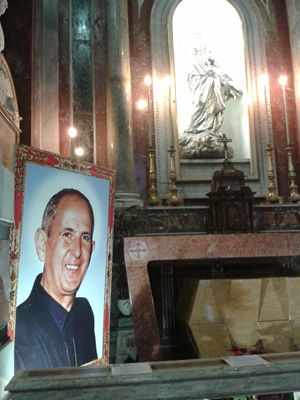
Father Puglisi’s tomb in Palermo Cathedral
The recognition of martyrdom in odium fidei
On 15 September 1999, Cardinal Salvatore De Giorgi installed the diocesan ecclesiastical tribunal for the recognition of martyrdom, which began to listen to witnesses. An archive of published and unpublished writings, recordings, testimonies and articles has been created at the “Don Giuseppe Puglisi Youth Listening Centre” in via Matteo Bonello in Palermo. His life and death were testimonies of his fidelity to the one Lord and revealed the wickedness and absolute incompatibility of the mafia with the evangelical message. “The believer who has taken seriously his Christian vocation, for which martyrdom is a possibility already announced in revelation, cannot exclude this prospect from his life horizon. The 2000 years since the birth of Christ are marked by the persistent testimony of the martyrs” (John Paul II, Incarnationis Misterium, n.10). On 28 June 2012, Pope Benedict XVI, during an audience with Cardinal Angelo Amato, prefect of the Congregation for the Causes of Saints, granted the promulgation of the beatification decree for martyrdom in odium fidei.
The liturgical commemoration occurs on October 21st because on this day in 1937 Father Puglisi received his baptism, but he is remembered every year on March 21st on the Day of Remembrance and Commitment of Libera, the network of associations against the mafia, which on this date reads the long list of names of the victims of the mafia and mafia phenomena.
The homage of writers and poets
On 15 September 2003, to commemorate the tenth anniversary of the martyrdom of Don Pino Puglisi, the Italian post office granted two special postmarks to the Godrano post office and to the Palermo 48 post office. The latter bears the memory of the Padre Nostro centre, while the Godrano one bears the phrase “Yes, but towards where?”, Father Pino’s favorite motto. Several schools are named after Don Pino, one of which is in Palermo, and the literary prize “Remember Padre Pino Puglisi” established in 2011 by the Centro Padre Nostro founded by Don Pino Puglisi on 16 July 1991.
The poet Mario Luzi dedicated a theater piece to Father Puglisi in 2003,
The flower of painperformed at the Biondo theater in Palermo the same year. The writer Alessandro D’Avenia he was not a direct student of Don Puglisi but was present at various substitute classes at the Vittorio Emanuele II classical high school. In 2014 D’Avenia dedicated his book What hell is not precisely to the figure of the presbyter who greatly impressed him in his years of high school studies. The Palermo singer-songwriter Pippo Pollina dedicated the song “E se tutti fa niente” to Don Puglisi on the album Belonging (2014). The theater actor Christian Di Domenico has been staging a show dedicated to his memory throughout Italy since 2013, U’ Parrinu.

